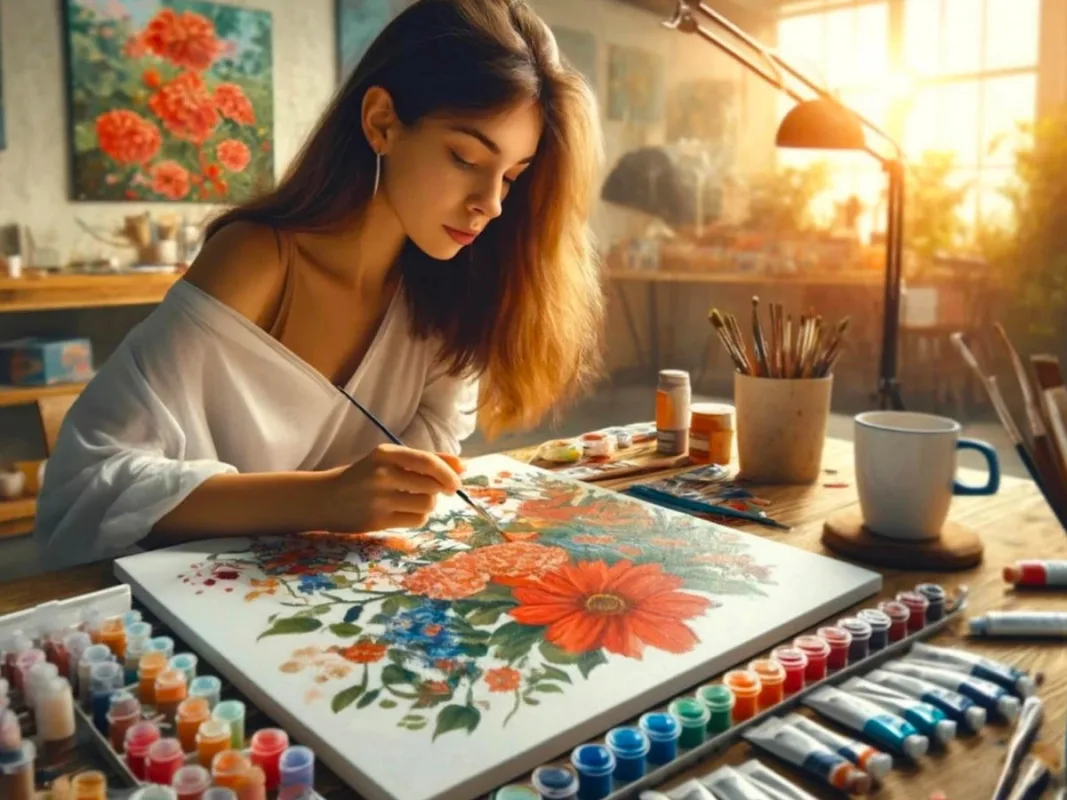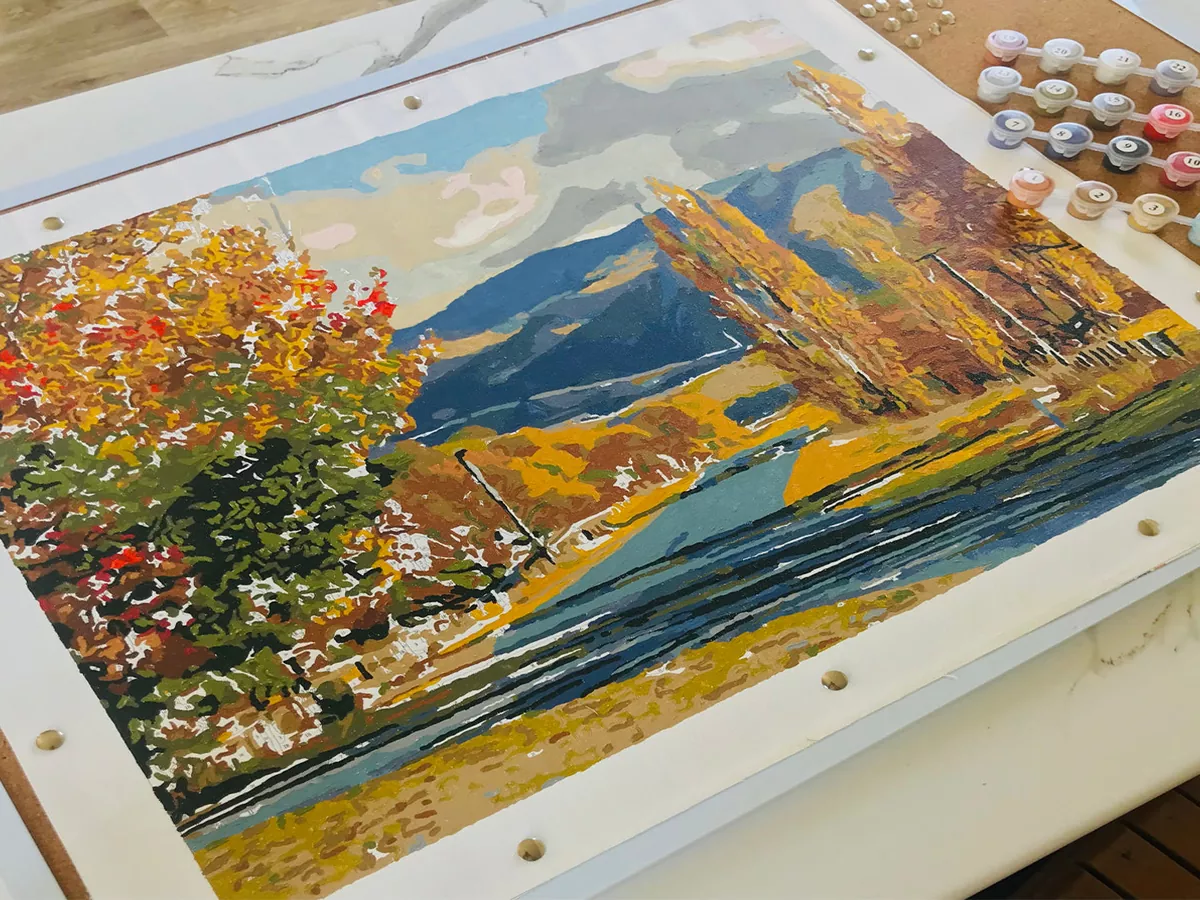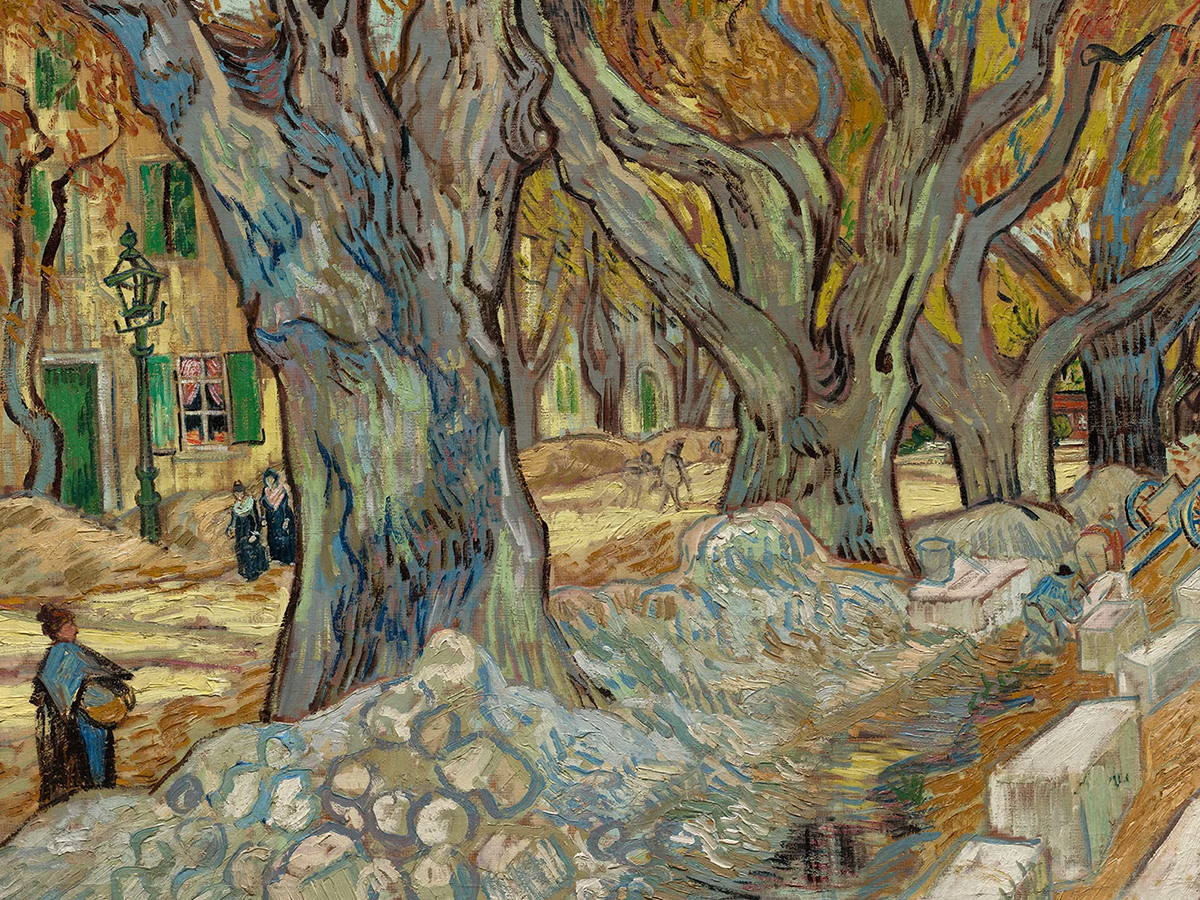Turn Your Painting Into a True Masterpiece

Paint by Numbers is more than just filling in spaces. It’s a fun and soothing way to let your imagination flow and make beautiful art. A few smart tips will help you turn your painting from plain color blocks into a professional looking work of art, no matter how long you’ve been doing it.
Here are seven inventive ways to improve your Paint by Numbers and make the experience even more fun:
Start with the Right Setup
Make sure you have a comfortable painting space before you take up a brush. To see the canvas numbers and outlines properly, pick a location that is both calm and well-lit. The best light is natural, but if you’re painting at night, a bright desk lamp also works nicely. Before you start, arrange your materials: place your paints, brushes, and a cup of fresh water on a level area. Keep a soft cloth or paper towels on hand in case of spills or sudden brush cleaning. To lessen the pressure on your neck and back, some people also like to keep the canvas upright with a table easel. You can concentrate entirely on the pleasure of painting when your workspace is properly organized, which also saves time and eliminates distractions.
Work From Top to Bottom
Beginners frequently make the error of wildly jumping around the canvas. Painting your favorite spots first could seem exciting, but doing so frequently results in smearing or putting your touch on damp parts. Working from the top down is a more intelligent strategy. Painting in this sequence reduces streaks and accidents because it naturally keeps your hands away from freshly applied paint. As you watch the picture gradually come to life, this technique also makes it easier for you to recognize how far you’ve come. Start with the background if your kit has one, and then work on the finer details. You’ll notice a smoother, cleaner finish when you finish your job if you approach your canvas as a journey from beginning to end.
Begin with Darker Colors First
It’s beneficial to start with the deeper hues when painting a new canvas. Before you go to lighter tones, these serve as an outline for the entire painting, defining the shapes and providing structure. Darker hues help direct your eye across the canvas and produce a natural contrast. Additionally, they reduce the visibility of minor errors because they are easily covered with lighter paints in the future. It is more enjoyable to add light and mid-range colors after you have established the deep tones since the image starts to balance itself out. This method is particularly helpful for novices since it gives you early visibility of your progress, which boosts confidence. Darker hues can be thought of as the base, the backdrop that highlights everything else.
Blend for a Smooth Finish
Blending is one way to make a paint by numbers kit appear more like a professional painting. You are not required to adhere to the sharp edges even though the portions are highlighted for you. When two colors meet, try to mix them smoothly, especially in natural sceneries, skies, and backdrops. While applying light coats of paint creates depth, a slightly moist brush can aid smooth transitions. Use two brushes to achieve a smoother gradient: one for the primary color and another for edge blending. Avoid overworking the paint, wait for the layers to dry completely before applying more. The benefits of blending are enormous, but it requires a little more patience. It gives your painting depth and warmth, transforming it from something that appears to have been “painted by numbers.”
Take Your Time
Paint by numbers is a technique to enjoy, not anything to hasten. A lot of individuals use their kits as a way to unwind, and that’s precisely how you should view them. Rushing frequently results in marks that are difficult to remove, uneven coverage, or sloppy strokes. Instead, concentrate on having fun on the way. Remember that each brushstroke contributes to the finished image, take breaks when necessary, and wait for areas to completely dry before continuing. You may escape from screens and daily stress by painting slowly, which also helps you maintain mindfulness. It may take days or even weeks to complete certain canvases, but the satisfaction comes with the effort. In addition to producing superior outcomes, allowing yourself time will also have relaxing effects.
Pay Attention to Details
The little details are what really bring your painting to life, despite the temptation to concentrate just on the larger areas. Although those small numbered sections may appear challenging, they give the overall design depth and personality. For these areas, use the smallest brush in your arsenal, and place your wrist lightly on the canvas to balance your hand. After the paint dries, take your time and don’t be scared to return for touch-ups. The completed painting has a polished, expert appearance thanks to neat edges and meticulous attention to detail. When you hang your work on the wall, these last details are what make it stand out and make you feel proud.
Final Thoughts
Paint by numbers requires effort, attention, and the joy of handiwork. You may make a simple kit into art you’ll be proud of by organizing your workspace, layering, paying attention to details, and protecting your product. Each brushstroke helps you relax, be creative, and acquire confidence. Painting alone to relax or with friends and family is just as rewarding as the finished product. Take your time, relish every moment, and let your paint by numbers trip remind you of the simple beauty of making art.






